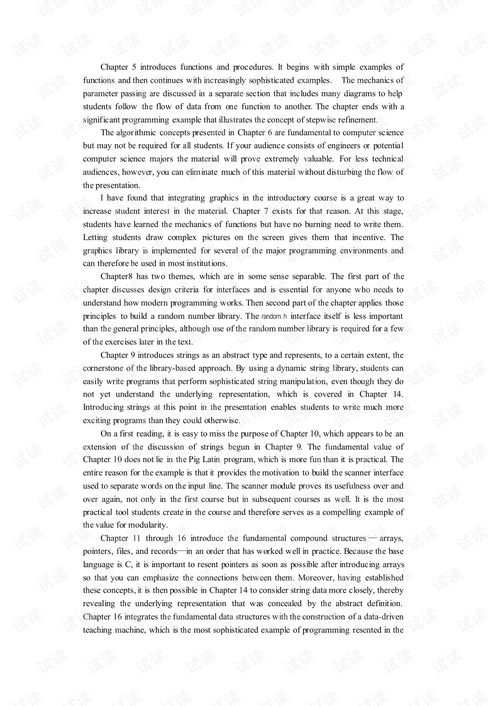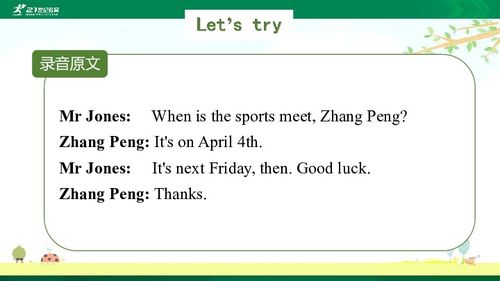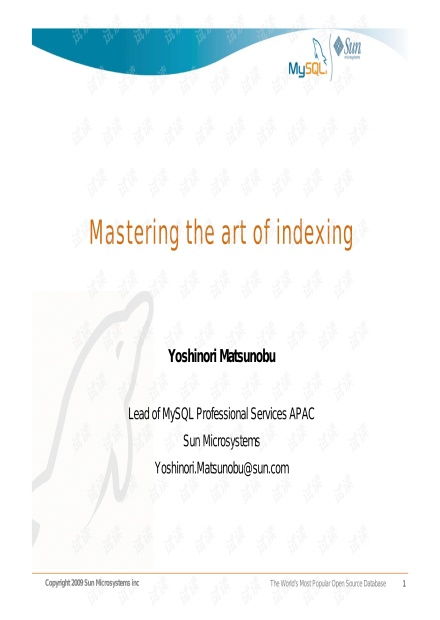Introduction:
Fishing is an age-old pastime that has been cherished by enthusiasts worldwide. For those who have honed their skills and consider themselves seasoned anglers, the art of fishing is not just about patience but also about technique. This guide is tailored for the old hands looking to refine their fishing prowess. We'll delve into the essentials with a detailed技巧图解 (skill illustration) to help you catch more fish with ease.
Choosing the Right Equipment:
Before you cast your line, it's crucial to have the right gear. Here's a breakdown of the essential equipment for experienced anglers:
- Rod and Reel: Select a rod and reel that match the type of fishing you plan to do. For instance, a spinning rod is great for light tackle, while a baitcasting rod is better for heavier lures.
- Line: Choose a line that suits the conditions and fish you're targeting. Monofilament is versatile, while fluorocarbon is nearly invisible underwater.
- Lures and Baits: Stock up on a variety of lures and baits that mimic the prey of the fish you're after. Soft plastics, spinnerbaits, and jigs are all popular choices.
Casting Techniques:
A perfect cast can make the difference between a fish on the line and an empty hook. Here's how to master the cast:
- Backcast: Hold the rod with a firm grip, then bring it back behind you while bending your wrist slightly. As you reach the back of your casting arc, begin to rotate your wrist forward.
- Forward Cast: Once the lure reaches the end of your backcast, smoothly accelerate your wrist forward to propel the lure forward.
- Practice: Practice these casts repeatedly until they become second nature.
Fishing Knots:
Knowing how to tie the right knots is essential for securing your line and lure. Here are two basic knots for experienced anglers:
- Improved Clinch Knot: This knot is reliable for all types of fishing lines and is great for attaching hooks, lures, and leaders.
- Trilene Knot: Also known as the Palomar Knot, this is a great knot for fishing with monofilament lines.
Bait Presentation:
The way you present your bait or lure can significantly impact your success. Here are some tips:
- Motion: Vary the motion of your lure or bait to mimic the natural movement of prey. Jerks, twitches, and retrieves can all be effective.
- Depth: Adjust the depth of your lure or bait to match the feeding level of the fish. For instance, use a heavier lure for deeper water.
- Timing: Be patient and wait for the right moment to strike. Sometimes, a slight pause or a subtle change in the lure's movement can trigger a bite.
Reading the Water:
Experienced anglers understand the importance of reading the water. Here's how to do it:
- Structure: Look for natural or man-made structures like rocks, logs, and docks where fish often congregate.
- Current: Observe the current and how it affects the water. Fish often hold in areas where the current is slower.
- Surface Activity: Pay attention to surface activity, such as birds diving or fish breaking the surface. This can indicate feeding fish nearby.
Patience and Observation:
Finally, the key to successful fishing is patience and observation. Here are some tips:

- Stay Still: Move slowly and methodically, especially when targeting wary fish.
- Keep an Eye on Your Line: Be alert for any signs of a bite, such as a sudden pull or a subtle tap.
- Learn from Your Mistakes: Analyze what works and what doesn't, and adjust your strategy accordingly.
Conclusion:
For the seasoned angler, fishing is not just a hobby but a way of life. By mastering these techniques and understanding the nuances of the water, you'll be well on your way to becoming a true expert. Remember, the best anglers are those who continue to learn and adapt. Happy fishing!












